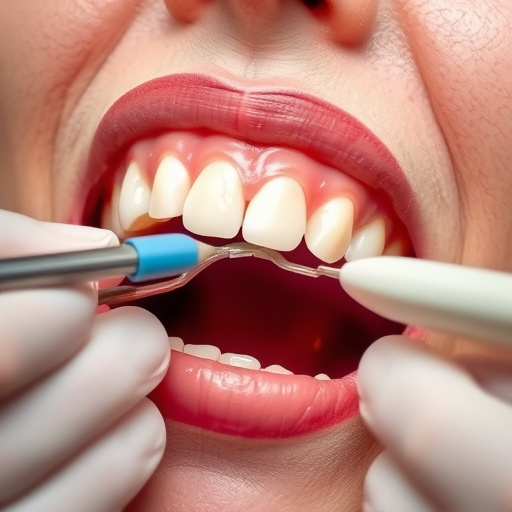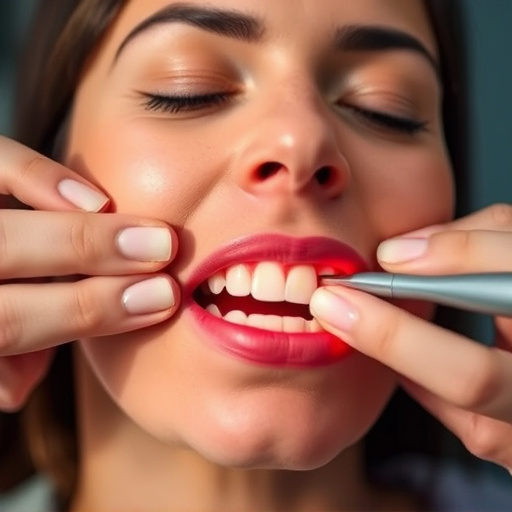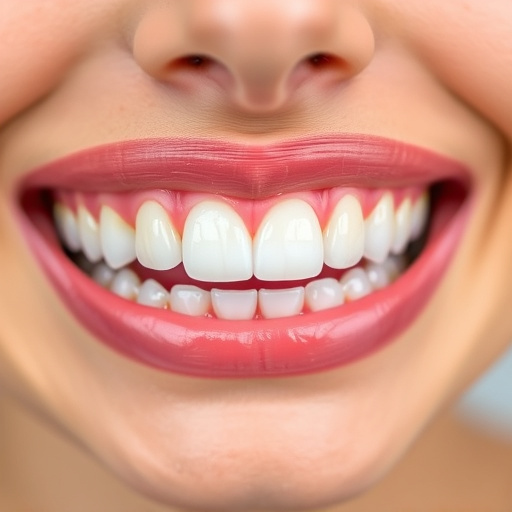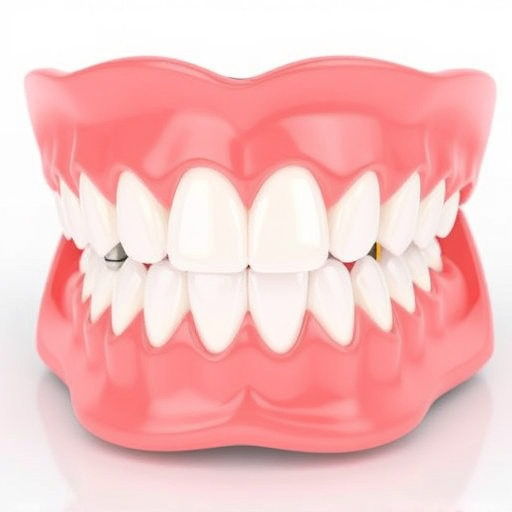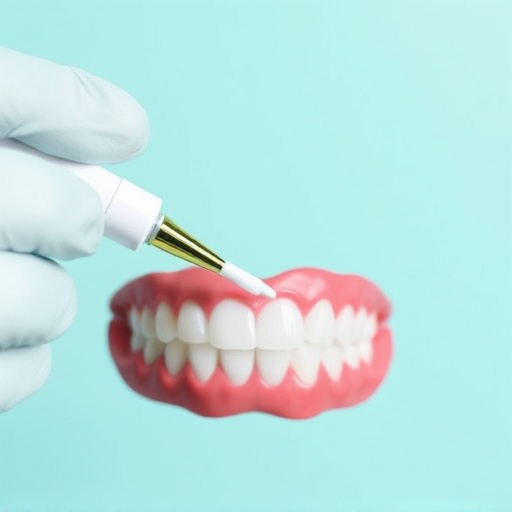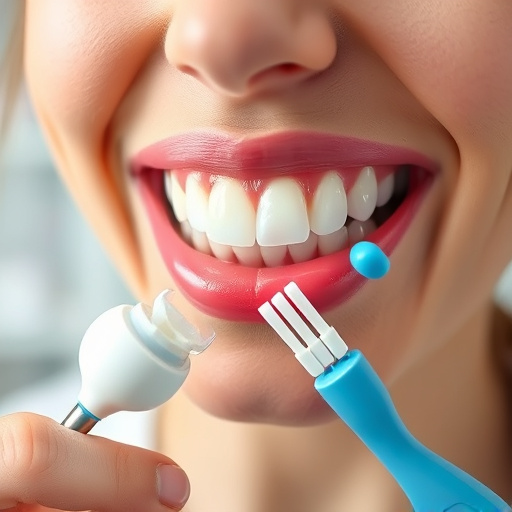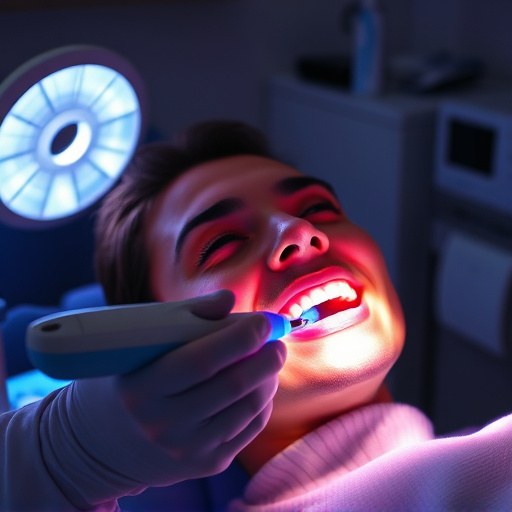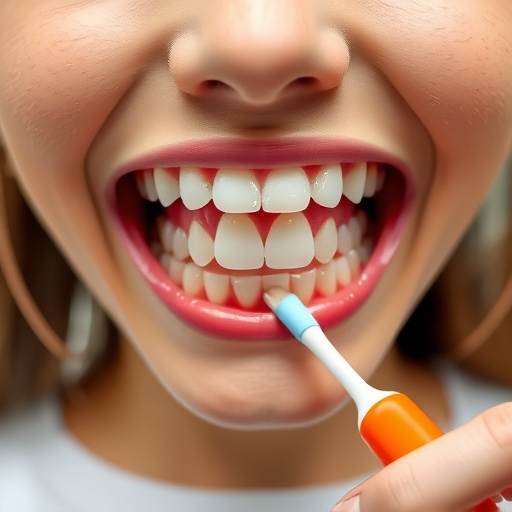“Considering dental crowns or bridges? This guide helps you understand these restorative treatments, their benefits, and if they’re suitable for your needs.
Dental crowns cap and protect damaged teeth, while bridges replace missing ones, filling the gap and maintaining oral health. This article breaks down the processes, from initial consultations to final results, ensuring a smooth journey towards a confident smile. We’ll also explore common indications, highlighting when these solutions are the best course of action for your dental health.”
- Understanding Dental Crowns and Bridges: The Basics
- When Are They Recommended? Indications and Benefits
- What to Expect During the Treatment Process and Recovery
Understanding Dental Crowns and Bridges: The Basics
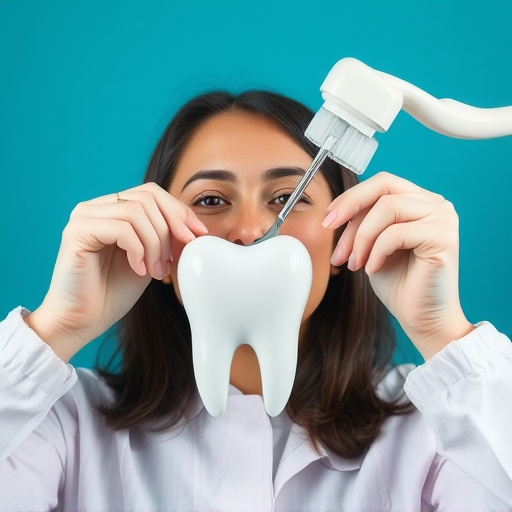
Dental crowns and bridges are advanced dental procedures designed to restore and reinforce teeth that are damaged, decayed, or missing. Crowns, as the name suggests, act as a cap over a tooth, serving to strengthen and improve its appearance. They are typically made from materials like ceramic, porcelain, or metal alloys, matched to the colour of your natural teeth for a seamless look. Bridges, on the other hand, are false teeth that replace missing ones, held in place by nearby dental crowns or implants.
These solutions aren’t just about aesthetics; they also provide functional benefits. Dental crowns and bridges can help prevent further decay, maintain jaw alignment, and preserve the natural structure of your smile. Unlike removable dentures, they offer a more permanent solution, promoting better oral health and ease of eating and speaking. Regular dental cleanings and check-ups are crucial to ensuring these restorations remain healthy and strong over time.
When Are They Recommended? Indications and Benefits

Dental crowns and bridges are often recommended when a tooth or multiple teeth require restoration due to decay, damage, or missing parts. A dental crown, in simple terms, is a protective cap placed over a damaged tooth to restore its shape, size, and strength. It’s an excellent solution for teeth with severe cavities, cracks, or those that have undergone root canal treatments. Bridges, on the other hand, are used to replace missing teeth by connecting adjacent teeth as an artificial replacement. This not only fills in the gap but also maintains the alignment and bite of the natural dentition.
One of the key benefits of dental crowns and bridges is their ability to improve both the functionality and aesthetics of your smile. They can restore chewing efficiency, help maintain facial structure by supporting surrounding bones, and provide a long-lasting solution compared to other restorative options like clear aligners or temporary fillings. Moreover, when it comes to addressing missing teeth, especially wisdom teeth that require removal, bridges offer a permanent alternative to implants or dentures, ensuring comfort and confidence in your oral health and appearance.
What to Expect During the Treatment Process and Recovery

During the treatment process for dental crowns and bridges, you can expect a series of appointments with your dentist. Initially, your dentist will perform a thorough examination and take X-rays to assess the health of your teeth and gums. Based on this evaluation, they’ll create a custom plan tailored to your needs. The procedure typically involves preparing the affected tooth or teeth by shaping them to accommodate the crown or bridge. This is usually done under local anesthesia to ensure comfort. After preparation, impressions are taken to create precise models for the dental laboratory, where your custom crown or bridge will be crafted.
During this time, you might also discuss temporary solutions to protect your teeth until the permanent restoration is ready. Recovery involves adjusting to the new prosthetics and maintaining good oral hygiene practices, including regular teeth cleaning. With proper care, dental crowns and bridges can last for many years, providing a long-lasting solution for missing or damaged teeth. This treatment is not limited to adult patients; even children’s dentistry practitioners can offer these services as needed, ensuring that growing smiles remain healthy and functional. For those interested in cosmetic dentistry, crowns and bridges can also enhance the aesthetic appeal of one’s smile.


